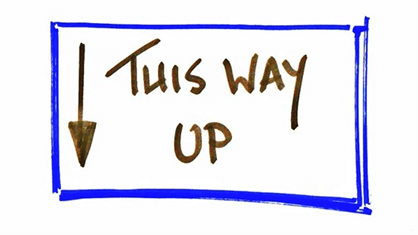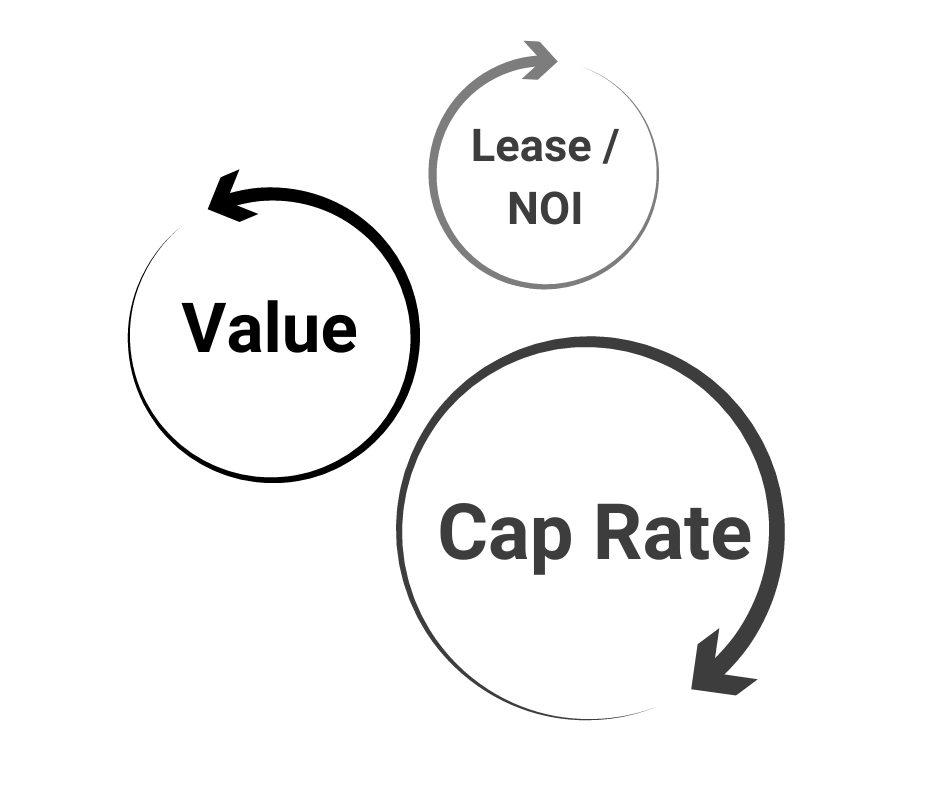March 4, 2025
The Poster Child for Counterintuitive Thinking
As a young man just starting to learn the game of golf, I remember my confusion when I visited the sporting goods store to purchase my first glove. “Are you right-handed or left-handed” I was asked. “I’m a righty.” “Great, then here’s a glove for your left.” The conversation that ensued was reminiscent of Abbot and Costello’s “Who’s on First.”

So it is with cap rates. It just seems right to think that if someone throws a higher capitalization rate at you for the property you are selling, you should get a higher selling price. Not the case. Just the opposite in fact.
The purpose of this article is to unconfuse the reader once and for all by doing two things:
- Explaining what a cap rate is, and
- Giving you an easy way to remind yourself if you ever get “re-confused.”
What the Heck is a Cap Rate?
A cap rate is simply the measure of return that any investment is expected to produce. If a buyer speaks of paying an “8.5 cap rate” for a property, that means the buyer is expecting an 8.5% return. Let’s apply this in an example. If a property was throwing off a net operating income (NOI) of $1,000,000, the buyer seeking an 8.5 cap would divide the $1,000,000 by 8.5% to determine the purchase price of $11,764,706. Going backwards, if we multiply the purchase price of $11,764,706 by 8.5%, then the NOI would be $1,000,000.
Now, let’s say that we find a buyer willing to pay 7.75% for that same property that’s producing $1,000,000 NOI. We divide the $1,000,000 NOI by 7.75% and arrive at a purchase price of $12,903,226. Again, if we multiply the higher purchase price of $12,903,226 by 7.75%, we’re back at the same NOI of $1,000,000 but with a purchase price that is $1,138,520 higher because of a LOWER Cap Rate.

An Easy Way to Remember
With something as counter intuitive as cap rates, it is helpful to have a fallback. I suggest an easy mnemonic; in fact, something easier than remembering how to spell mnemonic. It can actually be fun to come up with something on your own and that is probably way better than the one I use ...
“If the cap is high, it’s time to buy”
“If the cap is LOW, we’re in the dough”
Whatever works for you. Just keep it simple and meaningful.